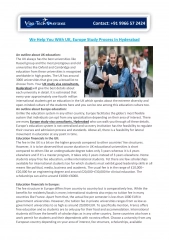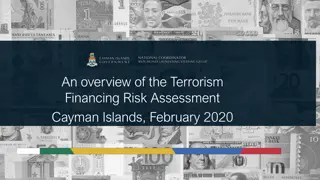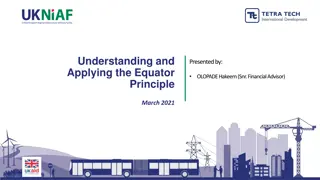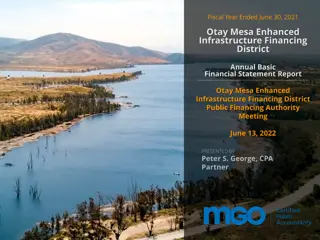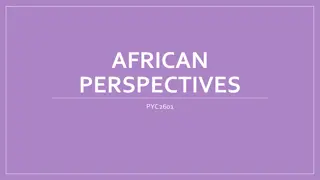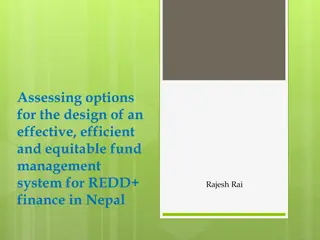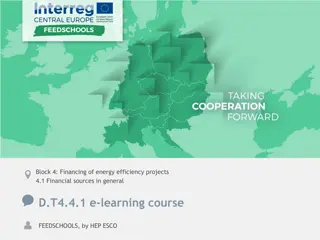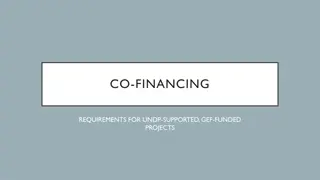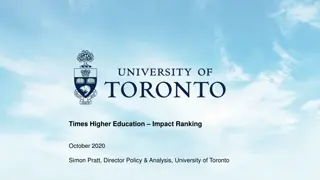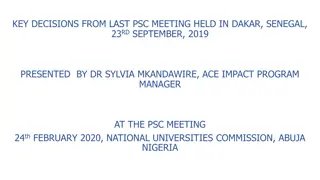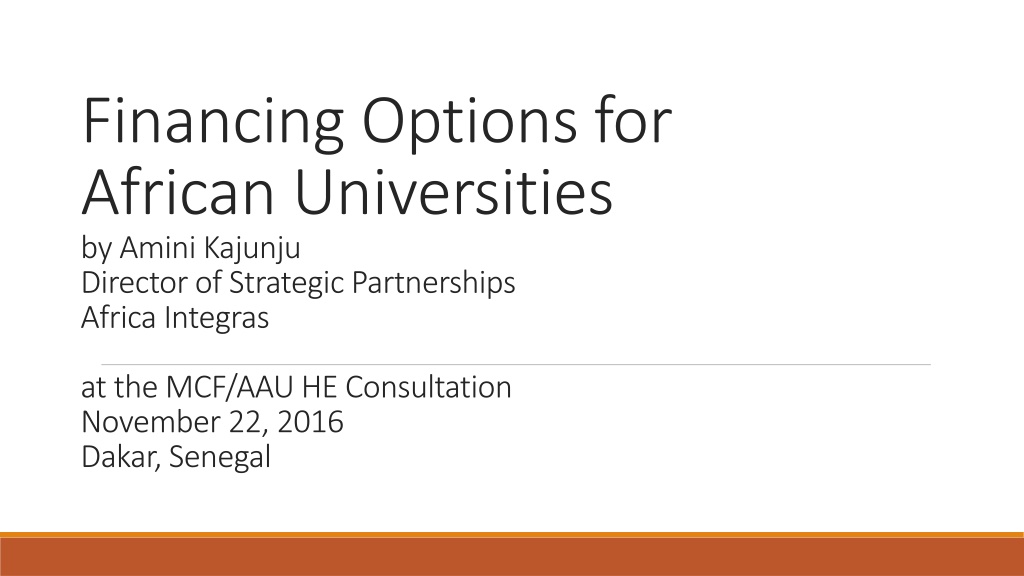
Innovative Financing Solutions for African Universities
Explore financing options such as public-private partnerships (PPP) and social enterprise involvement to address the challenges faced by African universities in light of population growth, demand for tertiary education, and infrastructure deficiencies. Learn about common solutions and the structure of PPPs, highlighting the advantages for social enterprises in funding projects over time and generating economic opportunities.
Download Presentation

Please find below an Image/Link to download the presentation.
The content on the website is provided AS IS for your information and personal use only. It may not be sold, licensed, or shared on other websites without obtaining consent from the author. If you encounter any issues during the download, it is possible that the publisher has removed the file from their server.
You are allowed to download the files provided on this website for personal or commercial use, subject to the condition that they are used lawfully. All files are the property of their respective owners.
The content on the website is provided AS IS for your information and personal use only. It may not be sold, licensed, or shared on other websites without obtaining consent from the author.
E N D
Presentation Transcript
Financing Options for African Universities by Amini Kajunju Director of Strategic Partnerships Africa Integras at the MCF/AAU HE Consultation November 22, 2016 Dakar, Senegal
The Problem / Opportunity 1. Youth bulge/dividend. Population growth 2. Higher demand for tertiary education 3. Long-lasting disinvestment away from higher education by governments 4. Poor infrastructure (e.g. overcrowded classrooms and dorms, old laboratories, old libraries) 5. Inadequate learning environment 6. Contribution to the brain drain
COMMON SOLUTIONS PUBLIC UNIVERSITIES PRIVATE UNIVERSITIES Donations/Grants Endowment/Savings Private banks DFIs (IFC) Rent space Public-Private Partnerships (PPP) Bonds? Government transfers Foreign government loans/grants (China, Israel) Private banks DFIs (OPIC/IFC) Donations/Grants Public-Private Partnerships (PPP)/BOT Bonds?
What is a PPP? 1. A long-term contract between a private party and a government agency 2. The private entity bears most of the risk during the life of the contract. 3. Best use of the resources and competitive advantage of the public and private sector 4. Asset is transferred back to the public entity after the end of contract. (BOT - Build, Operate, Transfer)
jj Typical SPV Structure for PPPsPPPs Public Entity/University PPP Agreement Private Sector (Special Purpose Vehicle) (SPV) Loan Equity Shareholding Debt agreement Subcontractors Subcontractor Construction Subcontractor Operations
Advantages: PPP for Social Enterprises 1. Finance the project over time vs large outlay of funds 2. Speed in completion of project. Use facilities sooner 3. One private entity (SPV) is accountable to all contractors/investors 4. Increased deployment of debt and equity/access to private sector funds
Advantages: PPP for Social Enterprises(continued) 1. Debt can be cheaper due to length of time and the willingness for DFIs to loan money 2. Solid returns for investors 3. Job creation/generation of economic activities/support of local entrepreneurs
Challenges: PPP for Social Enterprises 1. Cost of capital/the cost of pricing the equity risk 2. Credit risk and analysis/necessary cash flow to sustain payments 3. Long-term risk: non-payment, political unrest, higher cost of doing business/inflation, changes in the market/competition 4. Leadership transfer risk/stakeholder engagement 5. Human capacity/understanding of PPPs by governments and universities
Questions for Discussion Due to a lack of a strong capital market, African universities have limited options for accessing public and private funds for infrastructure. 1. What role can African pension funds play in reducing the cost of capital? 2. Why are we not issuing bonds to build educational infrastructure in Africa? In the US, private and public universities issue bonds for all sorts of capital projects. 3. What role can foundations like the MasterCard Foundation or the Rockefeller Foundation play in becoming impact investors in education infrastructure?


